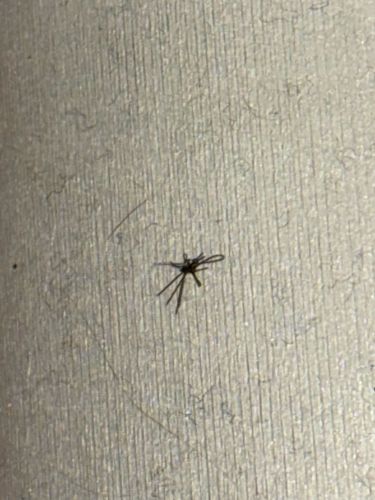Spider
Scientific Name: Araneae (order)
Order & Family: Order Araneae, numerous families (e.g., Araneidae, Theridiidae, Salticidae, Lycosidae)
Size: Typically from less than 1 mm to several centimeters (leg span up to 30 cm for some large tarantulas).

Natural Habitat
Spiders are found in nearly every habitat on Earth, including forests, deserts, caves, swamps, urban areas, and homes. They often prefer dark, undisturbed places for building webs or hiding.
Diet & Feeding
Mainly insects and other small invertebrates. Larger spiders may prey on small vertebrates.
Behavior Patterns
Spiders are solitary predators that typically build webs to catch prey, though some species are hunting spiders that actively pursue their food. They undergo incomplete metamorphosis, and females often lay eggs in silk sacs. Many species are nocturnal.
Risks & Benefits
Risks: While most spiders are harmless to humans, some species have venom that can cause pain, swelling, and in rare cases, more severe reactions (e.g., recluse spiders, widow spiders). Benefits: Spiders are natural pest controllers, consuming large numbers of insects, including those considered pests to agriculture and humans (e.g., mosquitoes, flies). They are an important part of food webs.
Identified on: 8/30/2025